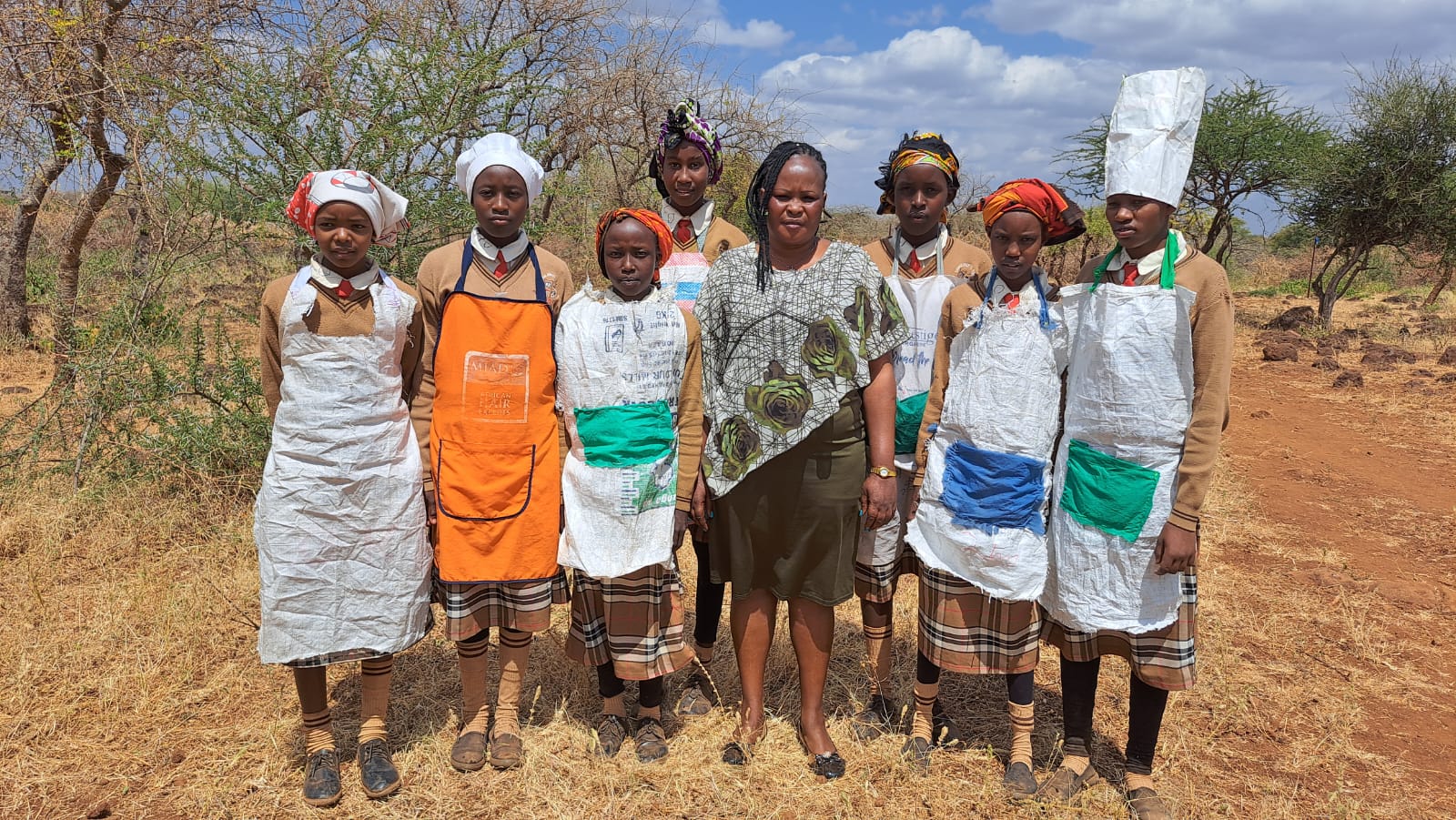As a gynecologist with my own practice, I am not often confronted with this issue, but I do come across it time and again. As a result of immigration from areas where FGM is practised, genital mutilation is also increasingly occurring in European countries.
It is important that we are sensitized to this issue and that we know more about it in order to adequately treat affected women and to avoid misreactions due to a lack of experience, inner rejection and condemnation of FGM.
So here is some important background information:
FGM (also referred to as female circumcision by some authors) involves the partial or complete removal or other injury to the external female genitalia for cultural or other non-therapeutic reasons.
According to estimates by the World Health Organization (WHO), at least 200 million women worldwide are affected by FGM. It is estimated that there are 2 million new cases every year, mostly infants, toddlers and young girls.
Historical
The custom of FGM has existed for over 2000 years.
Although religious motives are often used to justify it, no religion prescribes FGM. The custom is older than Christianity and Islam. In the regions concerned, Muslims, Catholics, Protestants, animists and atheists practise the custom.
Social and cultural arguments are also very important:
- Tradition, initiation rite
- Purity law
- Aesthetic reasons
- Preservation of virginity
- Preservation of marital fidelity
- Promotion of fertility
- Strengthening group cohesion
These are just a few examples, the list can be extended indefinitely.
Geography
FGM is predominantly practiced in 28 sub-Saharan African countries and rarely in individual regions of Asia. In North Africa, Egypt is the only country that practices the custom.
Forms of FGM
There are four different forms of FMG:
Type 1 Sunna circumcision: Excision of the foreskin with all or part of the clitoris.
Type 2 Excision of the clitoris and labia minora or parts thereof.
Type 3 Infibulation: Removal of all or part of the external genitalia and suturing of the vaginal opening except for a minimal opening from which urine and menstrual blood can drain. The scar must be reopened before sexual intercourse or childbirth, which causes additional pain. This is the worst form of FGM.
Type 4 Any other procedure in which the female genitals are injured or circumcised (piercing, pricking or stretching the clitoris or cauterizing or burning the vagina).
The majority of all forms (80%) are types 1 and 2, with infibulation accounting for 15% of cases.
Implementation of FGM
The procedure is usually performed by professional circumcisers. In most cases, the procedure is performed without anesthesia and without sterile instruments. Circumcision instruments include knives, scissors, razor blades, broken glass and scalpels.
In 70% of cases, FMG is practised during childhood. In some regions shortly after birth, but in others only shortly before marriage or during puberty.
Consequences of FGM
Female genital mutilation has serious physical and psychological consequences. After the procedure, it can lead to severe bleeding, inflammation, tetanus, bladder paralysis or blood poisoning, consequences that are often fatal.
HIV can also be transmitted via uncleaned instruments.
In the long term, victims often complain of pain when urinating or during menstruation. Bladder infections and incontinence can occur, sexual intercourse is painful and infertility can also occur.
Interestingly, however, the women affected often do not associate the complications resulting from FGM with genital mutilation. This is because FGM is often a distant event and they share this problem with most of the women around them (“That’s just the typical life of a woman”).
Psychological problems are often at the forefront for women living in the West and FGM can cause severe psychological trauma for those affected. There is often a breach of trust with parents and grandparents. Anxiety, depression, couple problems or psychosis can be the result.
Legal situation in Switzerland
In Switzerland, FGM is a punishable offense because it constitutes grievous bodily harm. This also applies if the procedure is performed at the patient’s request.
In conclusion, I would like to emphasize once again how important it is when dealing with women affected by FGM that we recognize not only the medical, but also the legal, cultural and ethical issues. When confronted with the consequences of a practice that most of us vehemently condemn, we may react in ways that can be a new source of humiliation for those affected. The issue must therefore be addressed with great sensitivity, but it must be addressed because we must protect the daughters of affected women from the same fate.
Dr. Elisabeth Lebeda – Bosshard
Gynecologist (FMH)
Dorfstrasse 5
8700 Küsnacht


